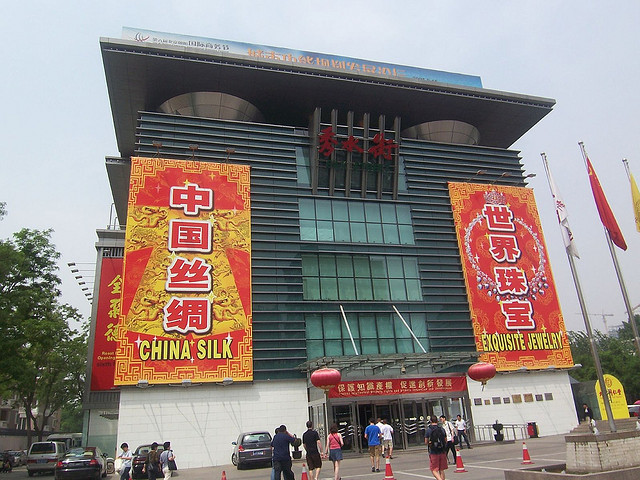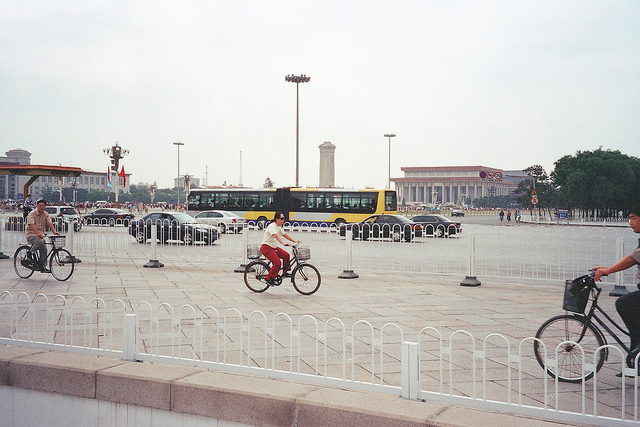Following some recent state findings, Chinese officials have been cracking down on a prevalence of counterfeit goods sold in the country, and asking firms to enhance their technology to combat this.
China’s State Administration for Industry and Commerce recently revealed survey results indicating that some of its most popular e-commerce sites are rife with product listings that allegedly infringe on intellectual property rights. Chinese e-commerce sites have already spent hundreds of millions of dollars over the past couple years to try to fight this persisting problem.
This begs the question, if consumers are well aware of fake goods being sold online, why are China’s retail websites still growing at breakneck speeds? During our research trips across China, especially in smaller cities, the answer is painfully clear to us: Chinese consumers have even less faith in their local stores when it comes to recognizing counterfeit merchandise. Most shoppers we met in “lower tier,” or less developed, cities depend on popular e-commerce sites to research products as well as the credibility of merchants. A common bit of feedback is that with buying online, at least you have word of mouth to rely on and have the chance to get a refund if you are not satisfied with your purchase.
For those of us living in more developed countries, it may be difficult to imagine issues of trust while shopping at a Macy’s or Harrods. However, due to the rapid pace of urbanization in lower tier Chinese cities, many retail formats there are new to consumers, and thus lack credibility.
With the convenience and anonymity of the Internet, developed market consumers are also increasingly making purchases online, and are also at risk of purchasing counterfeit products.
The problem with counterfeit goods is not exclusive to China or Asia. In fact, it has become a global e-commerce issue. To gain perspective over the size of this problem, we reference the 2011 World Trade Organization (WTO) report. The WTO has estimated that 2% of all world trade involves counterfeit goods that value in the order of US$25 billion annually. Of these goods, 75% originated in China from 2008 through 2010.
This may not be surprising: the same Chinese factories that produced genuine goods often have access to the exact same material that would allow it to make the unauthorized fake goods. Production of such fakes, along with authentic goods, makes law enforcement difficult. Even if counterfeiting criminals are caught, they often escape jail time, and thus, such crime can continue. In China, unless the police can prove sales or inventory value above roughly US$8,000 for producers and approximately US$24,000 for traders, counterfeiters are subject to fines, rather than imprisonment.
This is why the problem of counterfeit goods persists in China. If it is difficult for law enforcement to punish counterfeiters to any effective extent, even the most complex fraud detection software may not be able to prevent such criminals from using other aliases to try their luck again. This is very different from the U.S. where counterfeiters face up to US$2 million in fines or 10 years imprisonment if convicted of violating trademark laws.
Perhaps in order to stem the root problem in China, tougher enforcement of trademark infringement laws and more severe penalties need to be in place. Weeding out fake goods listings on e-commerce websites simply isn’t enough.




 For Fórmate a Fondo
For Fórmate a Fondo